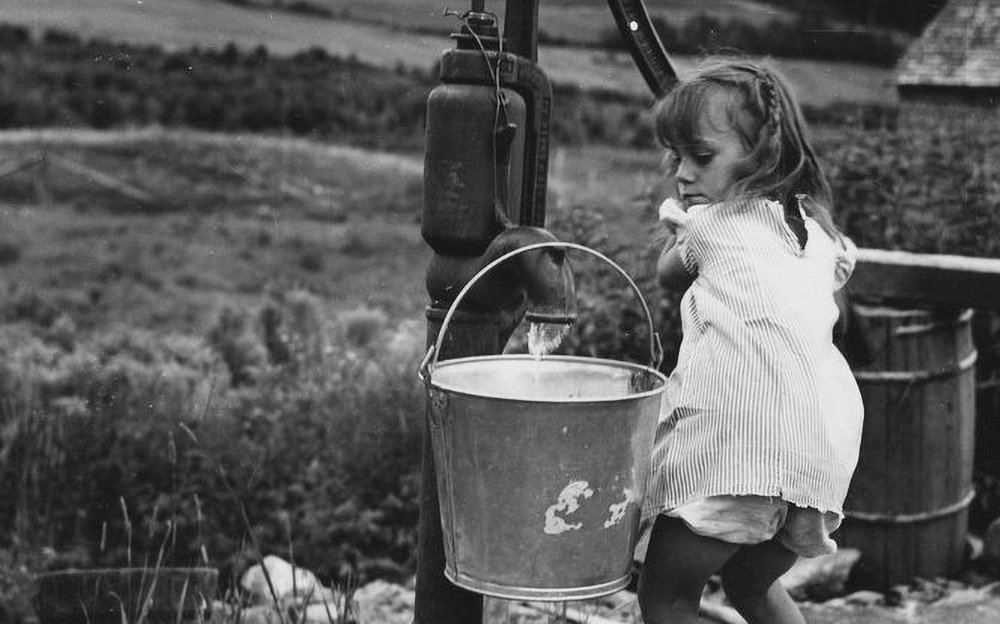
Most often, you had to prime the pump, especially if it had not been used for a bit, to be able to pump water up.
By Alan Crawford
Recently, I stopped by a neighbor’s home to both introduce myself and to chat. A great guy and a Veteran, too. Thank you for your service, sir! Well (pun intended), we got to tell each other stories about mutual acquaintances of ours from the Town. One individual we chatted about brought back fond memories to him of my God- Mother’s husband. A great guy, we both agreed on.
My neighbor proceeded to lead me over, around the corner of his home, to show me something I remember using in my childhood days. When this particular type of well pump was installed, it was pretty much one of the more “modern” pieces of equipment a homeowner could have for their time. How many of you remember using a well hand pump to fill a bucket with water which you then carried into the house for washing (for dishes, laundry, cleaning, and personal hygiene)?
And, many of the wells which had these marvelous pieces of equipment placed in them were simply hand dug and stoned up as they continued to go down in the earth to prevent a collapse, and eventually allowed to fill with water. I still have two of these old wells on my property, though they’re no longer in use except by maybe a frog or two and a few garter snakes.
If you’ve never used one, you don’t know what you’re missing. Most often, you had to prime the pump, especially if it had not been used for a bit, to be able to pump water up. I believe the best explanation of this endeavor is the vintage 1963 Kingston Trio tune, “Desert Pete”, which tells of a thirsty traveler, out of water while crossing a desert, coming upon a pump with a note in a baking powder can. It states there’s a bottle of water under a rock next to the pump. The note goes on there’s only enough to prime the pump, so don’t drink any, pour the water into the pump and work the handle like there’s fire and you’ll have plenty to drink. The point is you have to have faith and believe.
Though pumps which used this method can be traced back in history, with this first vacuum pump coming along about 1650. If a farmer didn’t have a pond or a stream on his land, he had no means to water his crops through irrigation or fill the troughs his critters drank out of, and the most practical option he had was to dig a well and install a hand pump. If the water supply was good enough with fast recovery, he may have even erected a wind mill type set up to power the pump and take most of the manual labor out of the task.
People learned not to waste water as it was hard work to get it. The more you used, the more you had to carry. It wasn’t like today where we have deep well submergible pumps in wells with rapid recovery rates or a municipal water supply. People can take extended showers, run dishwashers, fire up sprinklers to water their lawns, and so on without any worries. Also, barrels were set up to collect rainwater from gutters, too, as a means to make every drop count. In a drought year, these hand dug wells could go dry. The key was conservation to the max.
This pump brought back many memories to the both of us during my visit. I always found the action of working a pump lever up and down till I was rewarded with a cool drink fascinating. Forget about drinking out of a garden hose! You just grabbed whatever was handy when the water came gushing out of the pump, filled it to the brim, and hoisted it to your lips and swallowed the nectar of the gods. The idea of bottled water would only be laughed at back then.
I wanted to give this pump a try, but decided the memory was enough.